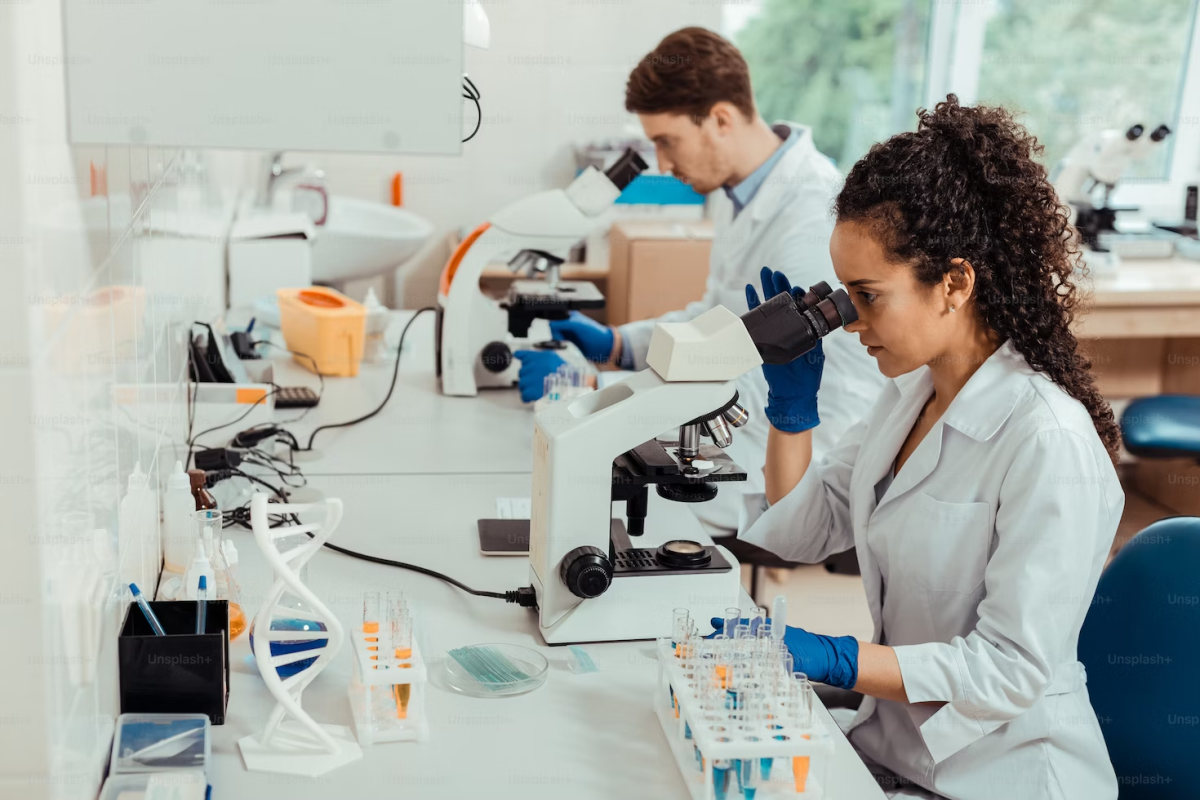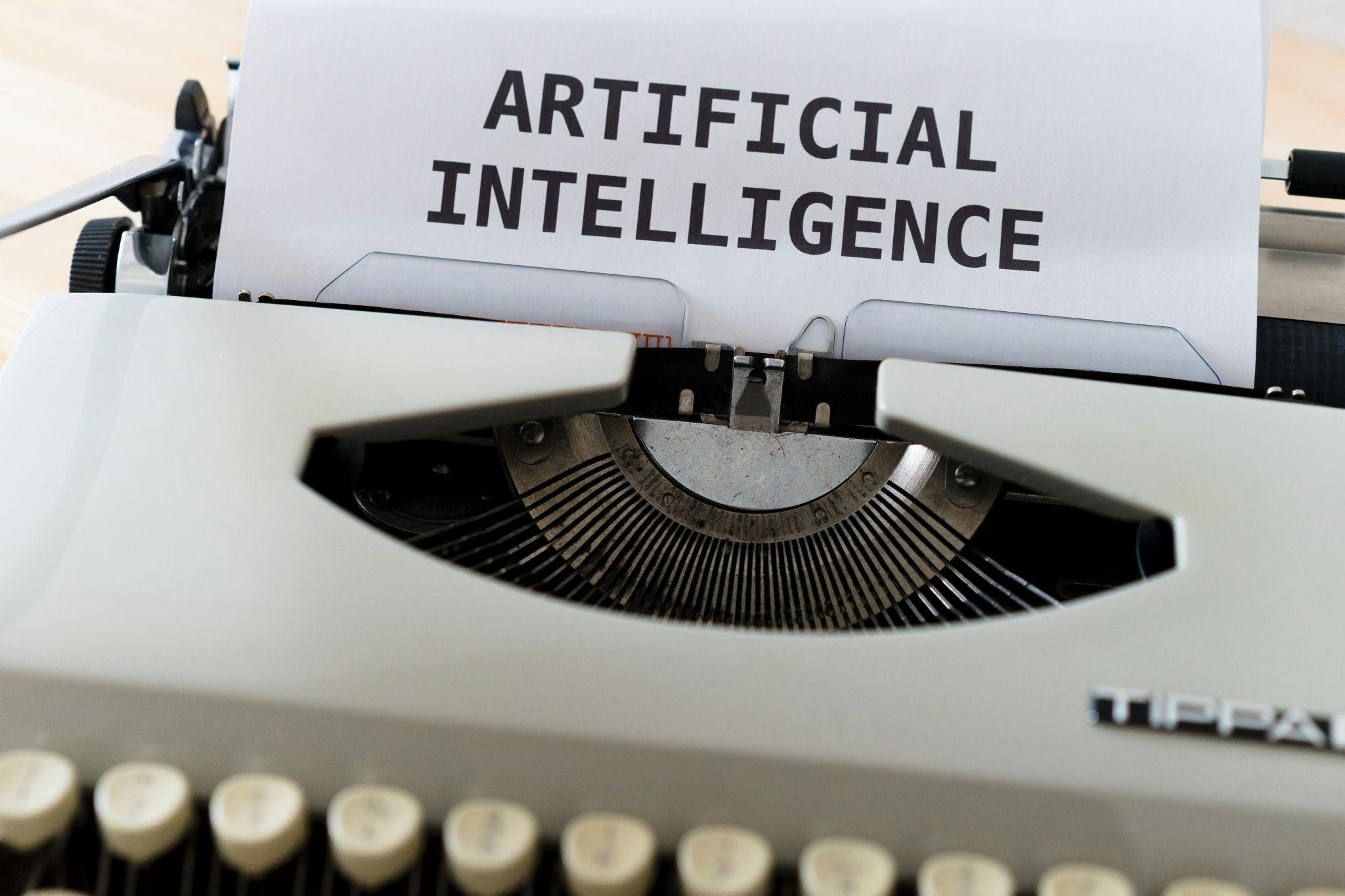
Top Artificial Intelligence (AI) Tools in Scientific Research
In scientific research, artificial intelligence (AI) has emerged as a transformative force, revolutionizing how we gather, analyze, and interpret data. The fusion of AI and scientific research has opened new horizons, empowering scientists to uncover patterns, solve complex problems, and accelerate discoveries like never before. This article looks into the top AI tools propelling scientific research to new heights, emphasizing their remarkable contributions across various disciplines.
Machine Learning Algorithms
Machine learning algorithms are at the centre of AI’s impact on scientific research. These algorithms enable computers to learn from data and make predictions or decisions based on it. In scientific research, machine learning has proved invaluable in various ways. For instance, in genomics, it plays a pivotal role in analyzing vast amounts of genetic data to identify patterns associated with diseases, speeding up the process w
Machine learning is also aiding in climate research. Climate scientists are using AI to analyze historical data, climate models, and satellite imagery to predict future climate patterns and extreme weather events. These predictions are crucial for understanding and mitigating the effects of climate change.
Moreover, AI-driven machine learning algorithms are making their mark in drug discovery. They can analyze the chemical properties of compounds and predict their potential for drug development. This accelerates the drug discovery process by narrowing down the pool of compounds that researchers need to investigate, ultimately reducing the time and cost of bringing new drugs to market. With these remarkable capabilities, machine learning algorithms are poised to revolutionize how we conduct scientific research and write my paper.
Natural Language Processing (NLP)
NLP is another AI tool that has profoundly impacted scientific research, particularly in literature and document analysis. NLP technology enables computers to understand, interpret, and generate human language, making it an invaluable asset in managing and extracting insights from the vast scientific literature.
In the life sciences, researchers use NLP to sift through mountains of research papers and clinical reports to extract relevant information for their studies. This saves time and helps scientists identify potential links between different research findings. NLP algorithms can identify keywords, categorize documents, and even perform sentiment analysis on scientific publications.
Furthermore, NLP has found applications in the field of medical research. AI-driven chatbots can interact with patients to gather data on symptoms and medical history, aiding in the early diagnosis of diseases. The ability of NLP algorithms to process and understand human language allows for a more efficient and patient-friendly approach to data collection in clinical trials and medical research.
In materials science, NLP is used to extract information about the properties of various materials from scientific papers and patents. This assists researchers in identifying novel materials with specific characteristics, expediting the development of new technologies and materials.
Image and Video Analysis
AI-driven image and video analysis has revolutionized scientific research in biology, geology, and environmental science. Computer vision, a subfield of AI, empowers researchers to extract meaningful insights from images and videos.
In biology, image analysis tools can examine cellular structures, track the movement of microorganisms, and even identify diseases within tissue samples. This technology is instrumental in medical diagnostics and drug development.
Geologists and environmental scientists also use AI to analyze satellite and drone imagery to monitor landscape changes, study geological formations, and track ecological phenomena like deforestation or glacier movement. The ability to process vast amounts of visual data in real-time has been a game-changer in environmental monitoring and conservation.
Reinforcement Learning in Robotics
Reinforcement learning, a branch of machine learning, is at the heart of autonomous robotics research. AI-powered robots can now learn from their interactions with the environment, making them increasingly adept at performing tasks in scientific research settings.
One striking example is using autonomous underwater vehicles (AUVs) in marine biology research. These AUVs can be deployed to explore the ocean, collecting data on marine life and aquatic ecosystems. Equipped with AI, these vehicles can adapt to their surroundings and make autonomous decisions, making them invaluable tools for underwater research.
In chemistry, AI-driven robots can accelerate the synthesis and testing of chemical compounds. These robots can conduct a wide range of experiments, making them invaluable in high-throughput screening for drug discovery.
Quantum Computing for Complex Simulations
As we go into quantum computing, scientists have gained access to a tool that promises to revolutionize materials science, chemistry, and cryptography research. Quantum computers use quantum mechanics to do calculations at speeds unattainable by classical computers.
In materials science, quantum computers can simulate the behaviour of complex materials at the quantum level, enabling researchers to discover materials with unique properties and applications. This holds immense potential for developing more efficient solar panels, superconductors, and energy storage materials.
In chemistry, quantum computers are poised to revolutionize drug discovery by boosting the behaviour of molecules and predicting their interactions with biological systems with unprecedented accuracy. This will significantly accelerate the development of new drugs and therapies.
Conclusion
Integrating artificial intelligence into scientific research has propelled the boundaries of human knowledge and discovery. Machine learning algorithms, NLP, image and video analysis, reinforcement learning, and quantum computing are examples of how AI enhances and accelerates research across various disciplines. As AI advances, we can anticipate even more breakthroughs and innovations in scientific research, pushing the boundaries of what we thought was possible. The connection between human intellect and artificial intelligence promises a future where our understanding of the world and the universe reaches unprecedented depths.









